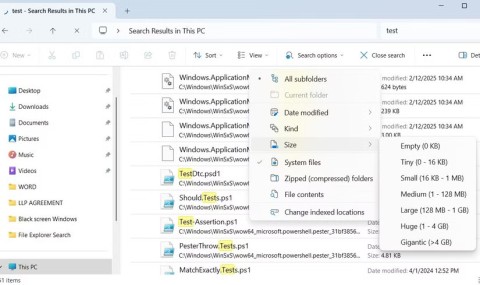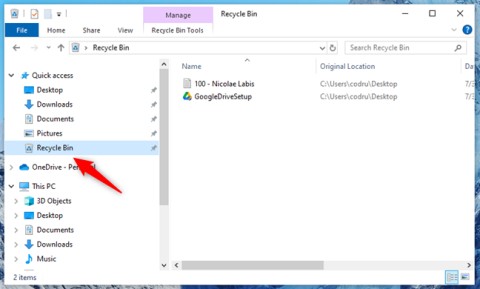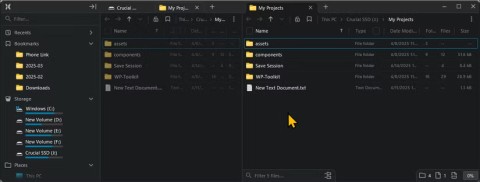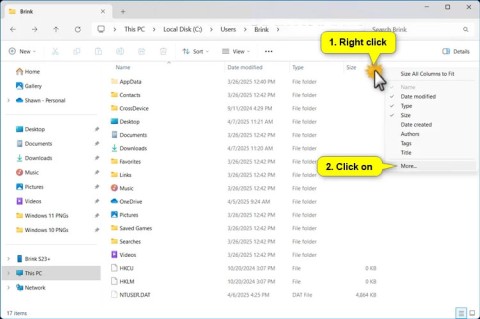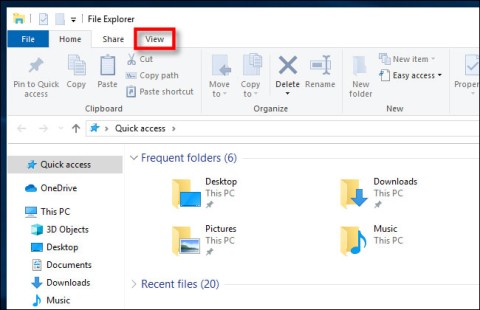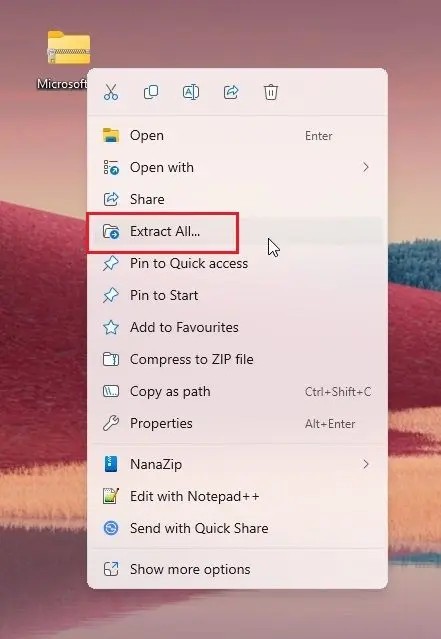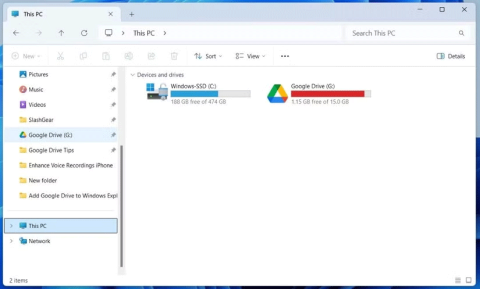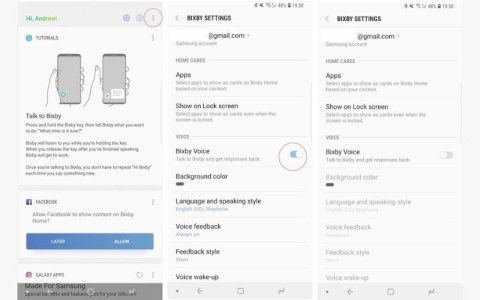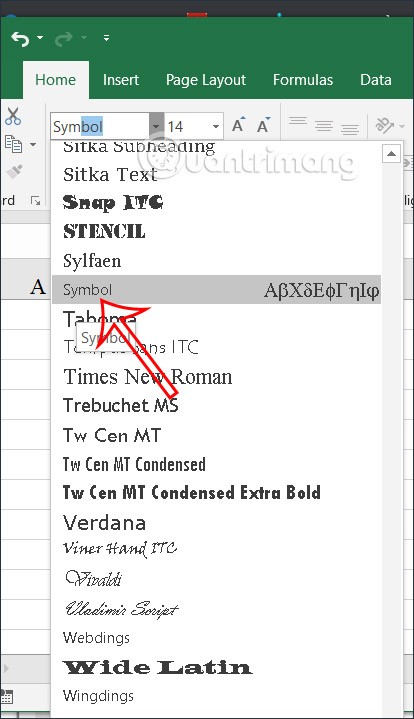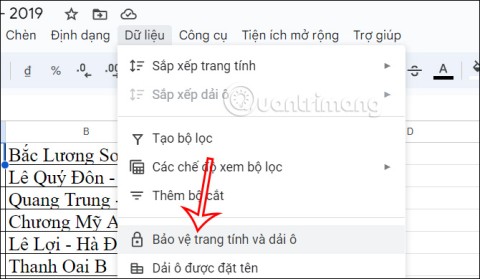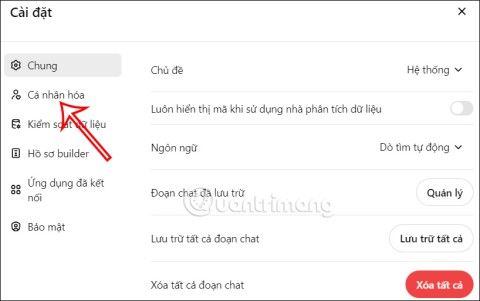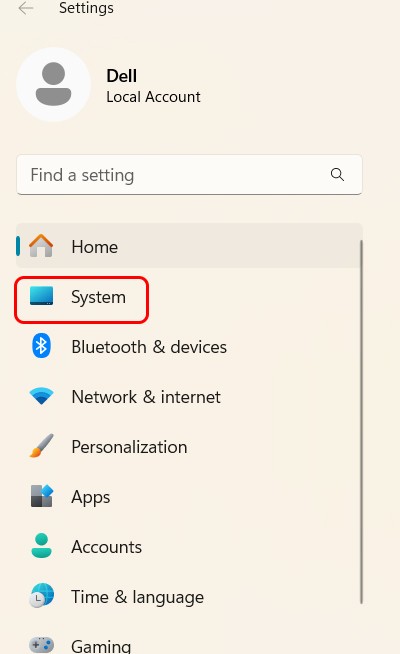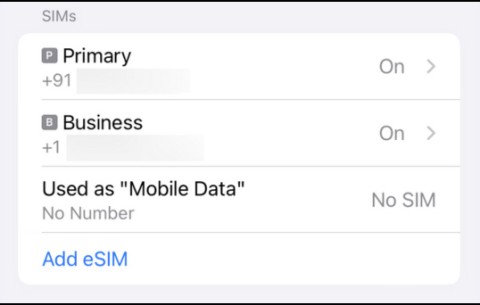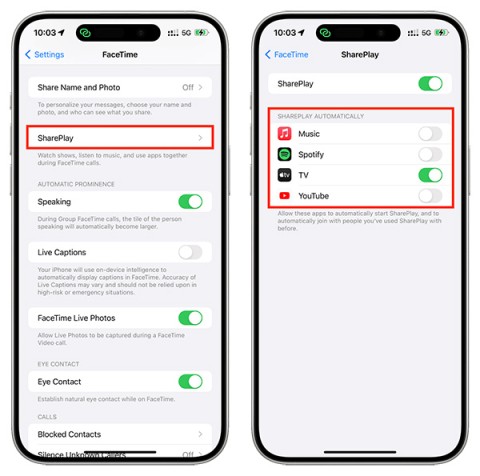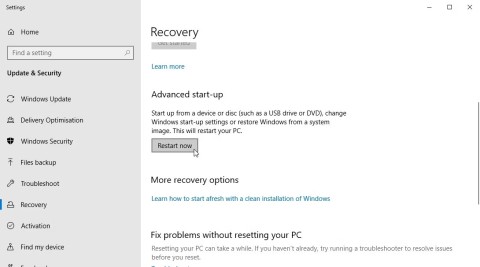Windows File Explorer will display a notification whenever the user is trying to delete a file that is currently opened by another program or system. At that time, you cannot open, edit or delete this file. They are still running in the background and have been closed improperly.
Fortunately, you can close, rename, move or delete this file. Here is the solution for you.
How to fix the "File in Use" error
Note: If you want to bypass manual solutions, scroll down to the list of tools to help you unlock and delete the file in use.

1. Close the program
Obviously should do so. Did you just open the file and can't close it? If the file is closed, but the program is still running, close it and try again.
2. Restart the computer
Although restarting your PC is not very convenient, it is very easy to perform, does not require access to Task Manager or third-party tools. Rebooting also frees up RAM and can fix other annoying errors. Try to do so if you are looking for the cause of the error.

3. Close the application via Task Manager
Why is restarting the system useful? Because it will start running again from the beginning and the entire process running in Task Manager will be closed. Instead of restarting, you can also try to close the application or activity running the file you want to close manually. This is the most successful method to fix the " file is open in another program " error .
Click Ctrl + Shift + ESC to open Task Manager . Alternatively, you can right-click on the Taskbar or click Ctrl + Alt + Del anywhere in Windows and select Task Manager. If you see the Windows 10 version , click More Details to make sure you're on the Processes tab . Now, browse for the application you used to open the " file in use ". For example, if you are viewing a document, search for Word.

When you find the application name in Processes , select it and click End task in the bottom corner. This will close the entire program version. If this process cannot be found, try rebooting the system.
4. Change the File Explorer Process settings
By default, File Explorer opens its entire window in a single process (explorer.exe). However, it is possible that your settings force File Explorer to launch separate processes that could lead to conflicts with other operations.
Press Windows + E to open File Explorer. Go to View> Options> Change folder and search options .

In the Folder Options window , switch to the View tab and find Launch folder windows in a separate process . Make sure this option is not checked. Click Apply to save any changes.

If this option is unchecked in the first place, you can check to see if it fixes the error you're experiencing.
5. Turn off the File Explorer Preview panel
Previewing in File Explorer can cause conflicts such as the "file is open in another program" error.
Press Windows + E , switch to the View tab and press Alt + P. As you can see in the screenshot below, the preview panel is on the right.

After closing the preview panel, repeat the above operation again to see if the " file in use " error has disappeared.
6. Force deletion of an existing file using the Command Prompt
You can skip File Explorer and force the deletion of an existing file using the command line.
First, you need to track the file path catalog in File Explorer. Press Windows + E to open File Explorer , locate the affected file and copy the file path.

Now press Windows + S , find Command Prompt , right-click the corresponding result, and select Run as administrator . To navigate to the directory of the file in use, type cd [directory path you copied] and press Enter .

Before you can process and force delete an existing file, you must temporarily close File Explorer. This will cause Taskbar, wallpaper and open folders to disappear. But don't worry, you can restart File Explorer and follow the instructions below.
To close File Explorer, press Ctrl + Shift + ESC , find Windows Explorer , right-click the process, and select End task .

Return to Command Prompt . If this window is missing, press Alt + Tab to access it.
Enter this command to delete the file, replacing all information between the brackets with your file name: del "File in Use.doc".
To restart File Manager, open Task Manager ( Ctrl + Shift + ESC ), click File> Run new task , enter explorer.exe , and then click OK . This action will restore the desktop to a normal state.
Unlock the file in use with a tool
Occasionally, the file in use is unusually locked. If trying to delete it with the Command Prompt doesn't work, or if the task is too difficult, try one of the following tools:
Process Explorer is more powerful than File Explorer. It not only lists all running applications but also which processes are holding your files. Very simply, users just need to open Process Explorer Search via Find> Find Handle or DLL (or press Ctrl + F ), enter the file name and wait for the list of processes to access your file.

You cannot close this process from the search window, but you can use Process Explorer or Windows Task Manager to close the offending application.
The unlocker is used to add itself to the Windows context menu, that is, the user can right-click the current file and unlock it through this menu.
In Windows 10, open Unlocker, browse for the file, select the file and click OK . Unlocker will find and remove lock operation. Even if you can't find it, you can use Unlocker to delete, rename or move the desired file.

If the "File in use" error persists, let Unlocker perform the necessary task at the next startup.

Once installed, LockHunter will automatically add it to the Windows context menu. Users just need to right click and the file is locked and select What is locking this file? This opens a window showing the entire process of using that file. Now, users can choose Unlock , Delete (at the next system boot), or Unlock & Rename file .

Still "File in use"? Boot in safe mode
If all else fails and you don't want to install the software, the last solution for you is to try booting in Windows Safe Mode. In case the file you want to delete can be automatically downloaded by another application, Unlocker is still effective in this case. However, if it is related to malware and you do not want to use third-party tools, you should definitely try this method.
In Windows 10, press Windows + I , go to Update & Security> Recovery . In Advanced startup , select Restart now. On the next screen, select Troubleshoot> Advanced Options> Startup Settings> Restart . When the computer restarts, you will see the Startup Settings screen, here, select Safe Mode.
Once in Safe Mode, navigate to the question file and try your luck again.
Hopefully the above methods will help delete files that have been successfully used by other programs. If you know of any other solution, don't hesitate to share with us.
